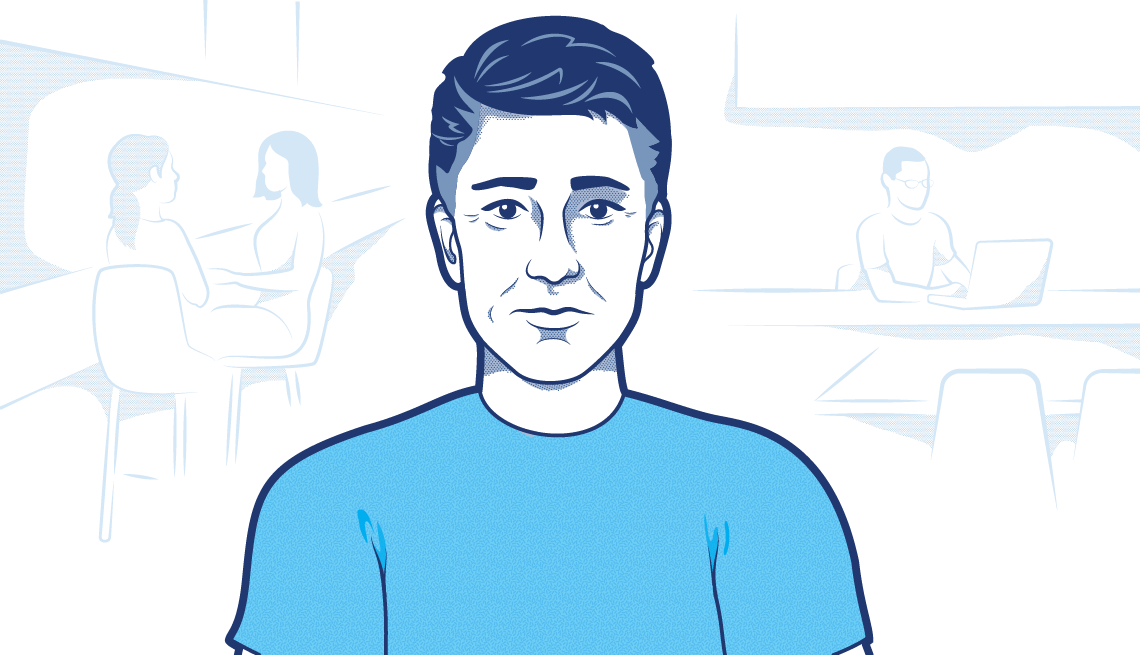
- Select a language for the TTS:
- UK English Female
- UK English Male
- US English Female
- US English Male
- Australian Female
- Australian Male
- Language selected: (auto detect) - EN
Play all audios:
Swallowing may seem easy and automatic, but in reality, it’s “a complicated process of moving food from the mouth all the way into the esophagus,” says Shumon Dhar, M.D., assistant professor
and laryngologist at the University of Texas Southwestern Medical Center. Putting aside those with medical conditions such as stroke, or past surgery that might affect the head and neck,
our ability to coordinate that process can begin to deteriorate as we reach our seventh decade, he says. A glance in a mirror reveals the steady advance of gray hair, wrinkles and sun spots
— the visible signs of aging. But what’s going on below the surface? The late Nora Ephron titled one of her books_ I Feel Bad About My Neck_. In the days after Helen’s café heroics, I felt
curious about mine. SWALLOWING GETS HARDER WITH AGE As we age, many aspects of swallowing can deteriorate. Our saliva becomes dryer, our teeth decay, and the muscles of chewing and
swallowing get weaker, Dhar notes. Once we transport chewed food from the mouth to the back of the throat — swallowing’s starting line — it passes through a series of muscles and valves
whose functions may have weakened, leading to food getting stuck in the throat and causing choking, explains Dhar. The whole process slows as we age, so in addition to the degradation of all
the body parts involved in swallowing, we increasingly need longer to accomplish the task. HISTORY OF THE HEIMLICH If you’re older than 50, you were around in 1974, when an obscure journal,
_Emergency Medicine_, published an article by an equally obscure thoracic surgeon. In “Pop Goes the Café Coronary,” Henry Heimlich, M.D., described his work developing a way to help people
choking on food. At the time, the American Red Cross, the American Heart Association and other groups recommended back slaps to counteract choking. As head of surgery at Cincinnati’s Jewish
Hospital and one of the first surgeons to perform an operation that fixed damaged esophagi, Heimlich believed that back slaps only served to drive a lodged object deeper into the throat. He
envisioned a better method, formed a research team and tested his theory on dogs. He inserted a tube with a balloon at the end into an anesthetized dog’s airway, then inflated the balloon.
When the dog began to choke, pressure was applied just below the lungs, causing the lungs to “act like a bellows” — as Heimlich had theorized — and expel the obstruction. The _Chicago Daily
News_ reported on Heimlich’s article, and the doctor’s advice quickly spread. Five years after he published his research, Heimlich himself Heimlich’d Johnny Carson on _The Tonight Show._
Another six years passed before the surgeon general and various medical associations embraced the lifesaving Heimlich maneuver — also known as “abdominal thrusts” — as illustrated with
diagrams posted in countless restaurants around the country to this day. This past September, New Hampshire Gov. Chris Sununu used the technique to help save the life of a contestant at a
local lobster-roll-eating contest.









